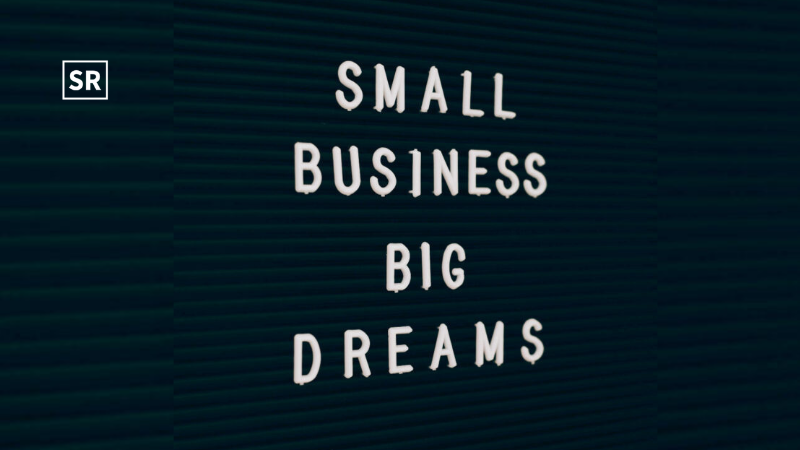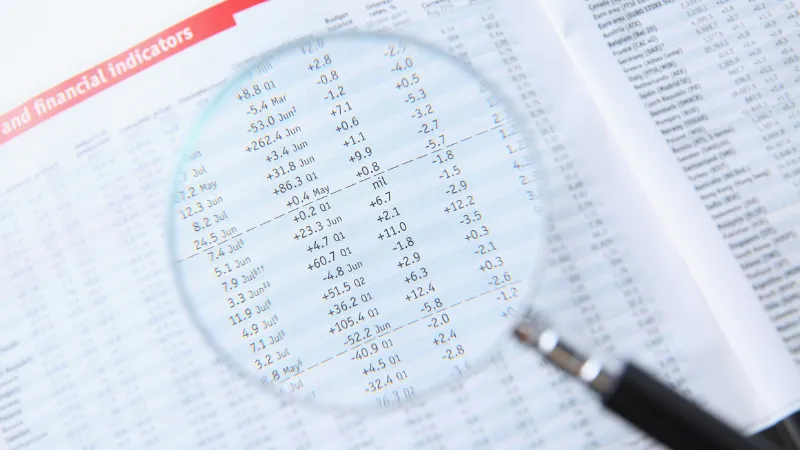
Lots of people, particularly those who haven’t used diagrams frequently, tend to think that they are nothing but a drawing on a page, which couldn’t be farther from the truth. They are so much more than that.
These tools should never be underestimated because they help us better comprehend and soak in information that’s full of complexities. It doesn’t matter whether you’re a teacher who is trying to teach your students something important or you’re an entrepreneur in a meeting who’s trying to make things clearer; in both instances, you can benefit from this magnificent tool.
If you are still unsure whether you should start implementing it or not, then stick with this informative guide, because it is about to tell you just how beneficial it is in practically any setting.
The Importance Of Diagrams
There’s no need to remind you how complex the human brain can be. At times, it isn’t capable of processing text as fast as you want it to. In these types of situations, diagrams should come into play because your brain will be able to process visuals faster than text, and that’s a fact that has been proven by numerous studies.
That’s because the brain can grasp the meaning of pictures in a split second, while it takes much longer to understand the text. With the assistance of diagrams, people will be able to absorb any piece of information quickly.
There are lots of ideas that seemingly look simple, but are, in fact, full of complexities, and that’s something that many people face, including in school and business settings. Luckily, when you employ diagrams, all this information suddenly becomes a lot more “digestible”.
Moreover, visual information is much easier to remember; hence, you should perceive this tool as some sort of anchor that’s going to help you remember important data.
Diagrams And The Business World
If you’re a business owner, then you probably already know how valuable time is in this landscape. Diagrams enable you to properly explain certain processes, strategies, and crucial pieces of information in a flash.
With them, you won’t waste your time trying to make things clearer. Speaking of this, many successful businessmen utilize SWOT analysis (which stands for Strengths, Weaknesses, Opportunities, and Threats) to effectively analyze these critical areas of their companies.
And that’s something that can be of huge essence for any entrepreneur who wants to see their firm thrive. If you aren’t familiar with it, yet you’d like to give it a try, then be sure to find a good SWOT analysis tutorial that’s going to help you understand every inch of it, from the beginning to the very end. Once you complete this tutorial and master this to the maximum, you’ll make much better and more informed business decisions.
This is the case not only with this diagram, but practically any other that’s employed in the business setting. That’s because these tools are designed to accentuate all the opportunities and risks immediately.
Additionally, if you plan on presenting an important, upcoming project to your clients, diagrams will help you level up your presentation and turn it into something that’s very compelling.
Schools & Diagrams
As a teacher, you already know how sometimes it’s difficult to stimulate students to interact with you during class, and more importantly, keep them interested and engaged. Thankfully, when you leverage diagrams, these young people all of a sudden become a lot more invested, which results in a productive and dynamic class discussion.
Now, if you think that some students won’t like this form of teaching because they prefer text over visuals, don’t worry. What’s generally great about this tool is that it enables you to add both of these elements to your presentation.
In other words, it supports different learning styles. Subjects, such as chemistry, mathematics, and others, tend to be very confusing and intricate to a lot of students; however, if you incorporate diagrams, these subjects will instantly become less puzzling, which will help them better understand everything that you’re trying to explain.
The Most Common Types Of Diagrams
Diagrams are generally very versatile, and you do not necessarily need to resort to any type that’s about to be mentioned, but simply allow yourself to create something that you think is going to be effective and interesting.
However, if you are new to this and you do not have the slightest idea which one is most suitable for a specific purpose, then these are some options worth considering:
- Mind maps – They are ideal for innovative souls who are constantly on the search for something inventive and authentic. They perfectly illustrate the link between different concepts.
- Flowcharts – They can help you thoroughly explain a certain process, step-by-step.
- Conceptual diagrams – Intended for aspiring businessmen who want to demonstrate various strategies and ideas.
- Graphs & charts – Perfect for the latest data trends, scientific results, and financial performance.
- Venn diagrams – These are designed to help you make effective comparisons and are often used in both education and the business landscape.
- Timelines – You can employ them for project planning, historical lessons, and to monitor milestones.
- Organizational charts – Ideal for reporting lines and visualizing team structures.
Tips To Help You Craft High-Quality Diagram
Before you take any further steps, you first need to ask yourself why you want to create one in the first place. Since every diagram is meant to showcase a particular objective, it’s essential for you to define it first.
People who do not have a lot of experience with diagrams have the tendency to overdo them, making things even more confusing and potentially ambiguous. That’s why if you want to prevent this from occurring, you need to keep it as simple as possible.
In a nutshell, you shouldn’t use too many colors, shapes, and texts, but instead, keep things to a minimum if you want others to understand your point.
As you can see, diagrams are indeed so much more than a visual. With them, you can explain things much better and faster, and, simultaneously, convey your message and goals efficiently, so be sure to give them a try!


 Follow us
Follow us Follow us
Follow us














